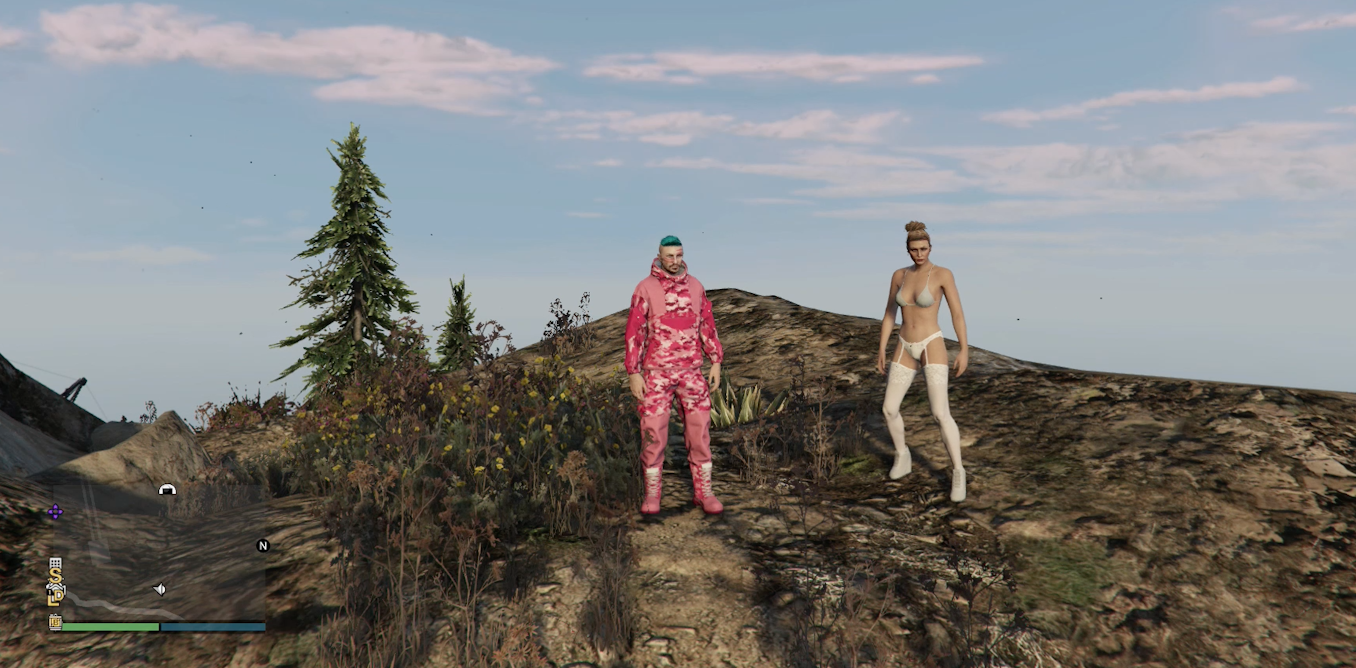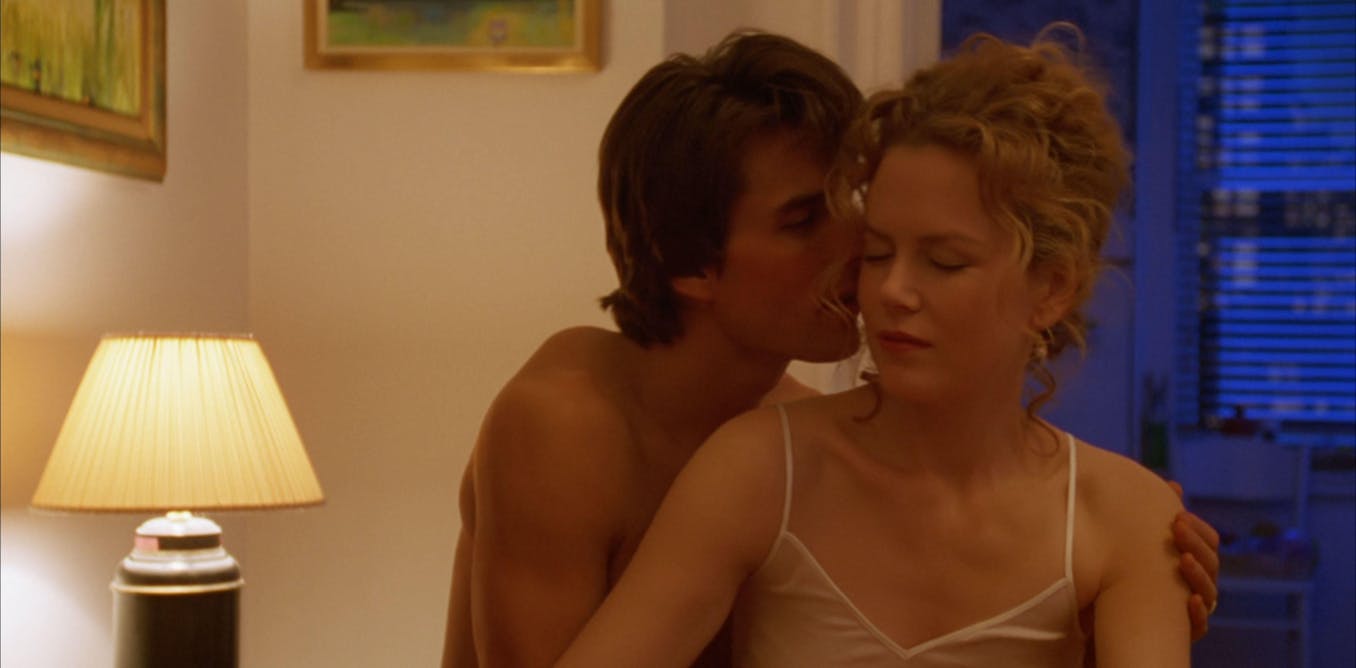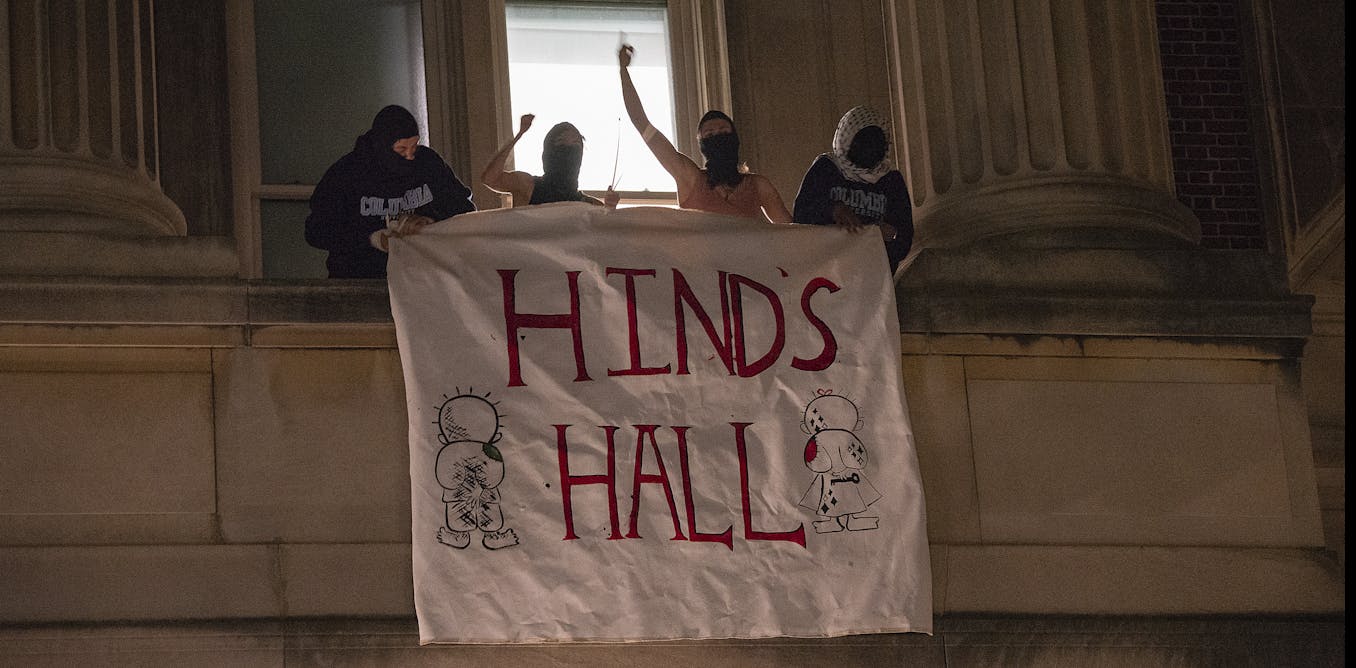“Machinima” is a linguistic mash up of machine, animation and cinema. The term has been defined as “films made by real-time three-dimensional computer graphics rendering engines”, but it essentially means films made using video games.
My own machinima film is titled We Are Such Stuff as Dreams Are Made On. I recorded gameplay footage of myself playing Grand Theft Auto while trying to perform Shakespeare to other gamers, without getting blown up. I then edited that footage to make a ten-minute film.
The genre has been around for a while. The exact origins of machinima are debated, but it’s generally agreed that the first machinima film was Diary of a Camper. It was created by a group of gamers called the Rangers in the first-person shooter game, Quake. The crude 90-second game demo was released on the internet in October 1996.
People had been recording and sharing sections of their game play since the 1980s, but this was the first recording to contain a narrative with text-based dialogue.
As graphic technology improved and game-capture software became more sophisticated and readily available, more and more artists and filmmakers began exploring the aesthetic and narrative possibilities of making films inside video games. Machinima began to attract mainstream interest.
In June 2000 the late influential American film critic Roger Ebert, wrote an article on this new form of filmmaking for Yahoo! Internet Life magazine entitled The Ghost in the Machinima.
In 2001, director Steven Spielberg used the first-person shooter video game Unreal Tournament (1999) to test special effects for his film, AI: Artificial Intelligence.
In 2003, the production company Rooster Teeth created a web series Red vs Blue using the video game Halo (2001). It was downloaded hundreds of thousands of times, sold over a million DVDs and ran for 18 seasons on Netflix.
Machinima’s critical reception
But machinima has struggled to shrug off its reputation as a niche pursuit of the hardcore gamer geek community and be considered a serious mature art form. I think a closer look at Ebert’s comments on machinima reveal the biases and misapprehension around video game culture that explain this.
While recognising the revolutionary potential of video games as a filmmaking technique, Ebert saw machinima as “visually impressive but empty”. He thought it was restricted by its associations with the style and themes of video games, forever existing outside the realm of “cinematic art”.
His conception of video games as nothing more than “aliens, laser rays, space cadets and tomb raiders” has been shared by cinematic gatekeepers for years. But finally, this view of video games as an eternally adolescent, unserious medium is starting to crack.
Few who have played Red Dead Redemption 2 (2018), Elden Ring (2022) or Disco Elysium (2019) can deny the sophisticated artistry that infuses contemporary gaming culture. And that culture is everywhere.
Globally, the number of video game players is predicted to grow from 2.9 billion in 2020 to 3.5 billion in 2025, making up almost half the world’s population.
The future of machinima
And as it grows, gaming culture is bleeding into other cultural spheres that had previously been stubbornly resistant to its charms. The British Film Institute has explicitly placed video games as an equal partner alongside film and television in its recently published 10-year strategy to “advocate for the value of the full breadth of screen culture”.
HBO’s television adaptation of The Last of Us this year achieved the kind of critical and commercial success long thought to be out of reach of video game adaptations.
This year also marks the first time that a major international film festival has presented an entire programme of machinima. Oberhausen may not have the global brand recognition of Cannes or Venice, but when it selects its programme, the film world sits up.
Liane Hentscher/HBO
Oberhausen is the oldest short film festival in the world and one of the few that is Oscar qualifying – win a prize here and your film can be nominated for an academy award. The festival also has a history of programming early work by filmmakers such as Werner Herzog, Martin Scorsese and Agnès Varda, who have gone on to become household names. So its programming choices are hugely significant within the film industry.
The curators, Vladimir Nadein and Dmitry Frolov, noted that we are in an age “where the question of medium specificity becomes less and less prominent” and that “the border between traditional cinema and new forms of filmmaking is blurring dramatically”.
Oberhausen’s sold-out programme of films made within video games can be seen as the moment when machinima transcended its gaming subculture, to become a mature artistic medium in mainstream visual storytelling.















